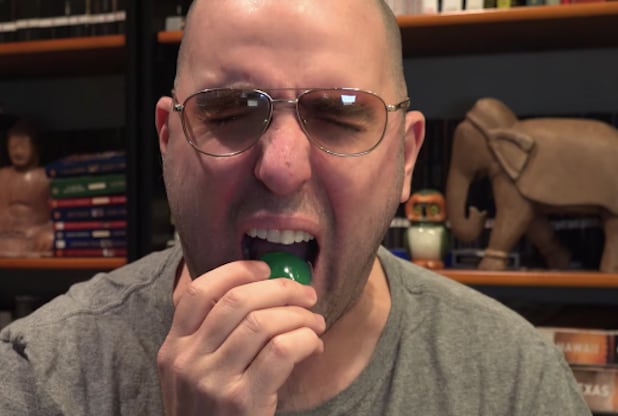Internet challenges can go viral, for better or for worse. For better, think of the Ice Bucket Challenge of several summers ago that raised millions of dollars for ALS research. For worse, the list is, unfortunately, a lot longer. There’s the Tide Pod Challenge, which has sent dozens of college kids to the emergency room, and more recently there was the Momo Challenge, which scared the wits of countless children who came across it on the internet.

YouTube has scrubbed ALL real video clips of the Tide Pod Challenge
What’s common to all of these is the relationship of the challenges to the brands that have been associated with the viral responses, especially when, like with the Tide Pod dares, it’s not safe and it certainly isn’t supported by Tide! As a result, company marketing and communications teams are struggling with how to respond to these dangerous challenges and encourage their quick cessation. Questions are being raised, in the meantime, about the responsibility of the digital platforms that allow the more dangerous challenges to take hold and the role of digital influencers who are becoming so important to brands in promoting them.
PRWeek’s Chris Daniels recently wrote a front-page article about the topic, “Beyond Momo: Why brands need to get ready for digital hoaxes.” In preparing the article, Chris interviewed Bluetext Creative Director and Co-founder Jason Siegel for insight on how agencies like ours counsel their clients on this dangerous trend.

As Jason told Chris, “When a hoax interacts passively with influencers, dangerous sharing at mass scale occurs.” Jason explained that influencers get deluged with so much information these days that the sheer volume means they may not be taking the time to research the origins of every trend. It is unreasonable to expect them to act as fact-checkers to understand what’s behind every viral moment – especially if it’s a challenge that’s getting traction.
In the PRWeek article, Chris focuses on the Momo challenge, which encouraged kids to do dangerous activities, and he discusses the responsibility of platforms like Google and Facebook.
“Brands need to think about the risk in terms of influencers they engage with and having the hoax interwoven in a paid influencers stream that is shared by many folks,” Jason told Chris.
At the very least, brands need to take a close look at their influencer relationships. They also need to have an “escalation” plan in case a viral challenge takes off, for better for worse.
Need help with your brand influencer strategy? See how Bluetext can help.